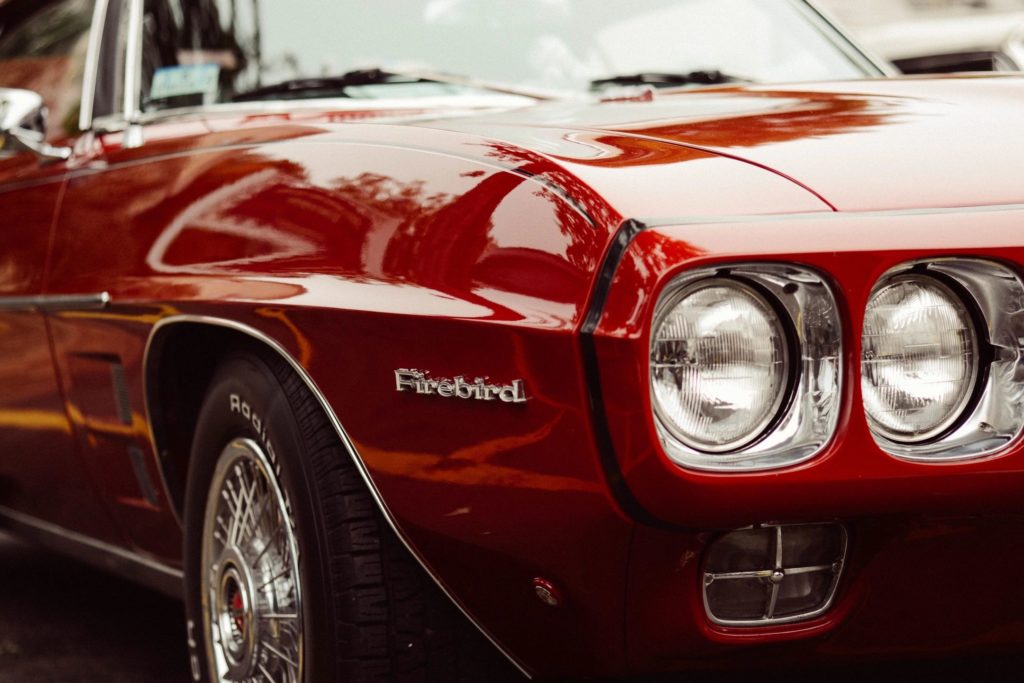TINTING YOUR CAR FROM THE BEST IN WOODBRIDGE!
Looking for car window tinting in Woodbridge? Tint Shoppe carries all the top lines of window tints. Car tinting is the easiest and cheapest way to add the extra flair to a car or truck while protecting the interior and decreasing the amount of energy a car needs to run. The Auto window tinting carries a lifetime warranty against cracking, bubbling and fading. It also serves the purpose of Car Window Tint, Residential Window Tint, and Commercial Window Tint with 100% customer satisfaction.
Tips for choosing the best car window tinting in Woodbridge?
When choosing window tint, the number of options available is overpowering. It all depends on how to choose window tint that will meet your needs, yet it might be frustrating due to so many choices available in the market. Auto tinting in Woodbridge provides a way to protect a car’s interior from sun damage, reduce glare while driving, and improve the overall look of a vehicle.
Types of Car Window Tint?
The first step in contracting down your window tint choices is accepting the different types of window film in the market today. Window tinting for car frames drops in two basic types: non-reflective tint and metalized tint. Non-reflective tint provides both, heat and the “dirty look” control thru solar absorption. The most common and traditional non-reflective tint is dyed tints and providing increased visual quality and clarity through a durable glare device. Dyed tints are less effective in controlling the solar heat immersion compared to metalized tints that reflect the solar energy.
Metalized tints reflect the sun to keep it away from damaging and heating the car inside and also helps to provide privacy. But in some states, metallic i.e. The reflective tinting is not legal. Non-reflective tints provide shade in cases when reflective tinting is not allowed or allowed in the case of automobiles with directional equipment like boats. When the reflective film may impact the work-cycle of the vehicle and affect it with cell phones, detectors or GPS. Car window tinting is done in the number of colors, but window tints in cars are famous for colors like black, charcoal, gray, and gold and bronze.
The material used to tinting windows?
In addition to these categories, the actual material used to tint car windows differs. The materials used to create window tint also vary from one product to another. The three main materials are tinted film, carbon film, and terra cotta film. The tinted film is the most cost-effective selection but has the highest chance of wanting a replacement.
Carbon film is dense and strong and has a low staining rate, but can create problems with glare and fog. Terra cotta film helps to limit these hitches and has a high heat refutation, but it tends to dissolve quickly and can fade. Also, some companies do offer a fourth option; Nanocarbon terra-cotta, an innovative new mixture of both carbon and ceramic, combines the benefits of both types while reducing the disadvantages, making this a favorite choice among car owners who want long life and good function of the car.
Law:
Queensland’s Section of Transport and Main Roads principles allow the use of tinting film:
- For vehicles with Non-tinted Glass – Window tinting, other than the front windscreen, must have a light transmittance factor of no less than 35%.
- For vehicles with Factory-tinted Glass – the mixture of tints must be the least light transmittance of 35 % on the driver’s and passenger windows and 20% on the rear windows.
- For windscreens – they have a light transference of at least 70 percent before 1971 and 75 percent for later reproductions, but they cannot be dyed using film.


